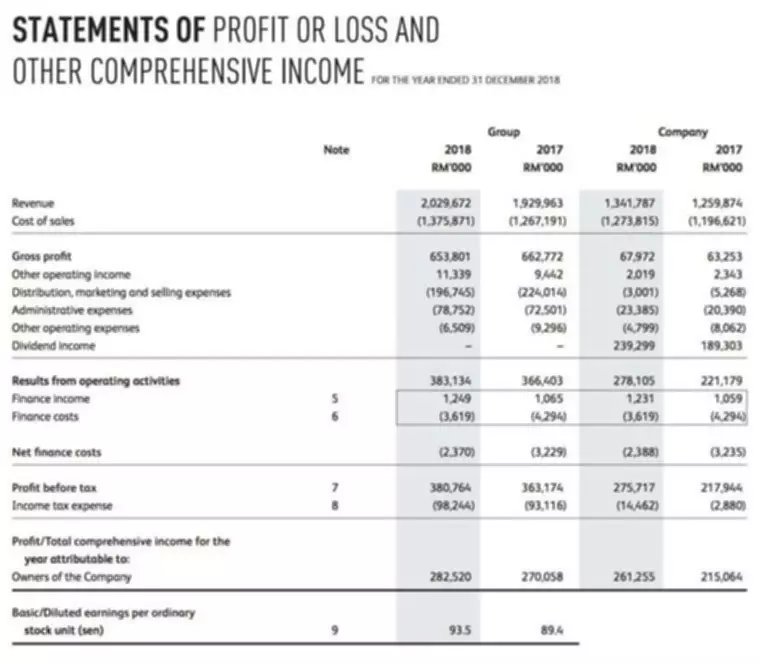Content

So, a cost of $ 4.298 is spent for manufacturing each unit of finished goods. This cost can also be separately assigned to totally complete units and WIP partially complete units in the following way. On the other hand, conversion costs mainly focus on manufacturing efficiency. For example, a small bakery will incur conversion costs in making its main product, which is bread.
What are conversion processes examples?
- Solar Energy.
- Biofuel.
- Gasification.
- Biomass.
- Energy Conversion.
- Hydrogen.
- Biorefineries.
- Feedstocks.
https://www.bookstime.com/ per conversion is one of the easiest ways to figure out how well your ad campaigns are doing. FundsNet requires Contributors, Writers and Authors to use Primary Sources to source and cite their work. These Sources include White Papers, Government Information & Data, Original Reporting and Interviews from Industry Experts. Reputable Publishers are also sourced and cited where appropriate.
How to Calculate Predetermined Overhead Rate Machine Hours
Further, the conversion costs costs also assist in setting prices at a level that allows a company to get an acceptable level of profit. For simplifying the accounting in this case, direct labor is combined with manufacturing overhead. Being aware of your business’s conversion costs helps in the assessment of its efficiency in converting raw materials into sellable goods. Conversion costs are computed to determine the cost per unit, which helps the firm determine product pricing. The conversion cost is also used to calculate the cost of sales, which is shown on the income statement.
Instead, these expenses are included in another category of production costs called prime costs. The main goal of prime costs is to help financial and operation managers set product prices, which will result in a significant profit. Tangible components of prime costs include raw materials for a finished product, while direct labor costs are employee’s wages and salaries or benefits. Total manufacturing costs are a combination of three factors – direct material, direct labor, and manufacturing overheads, while conversion costs do not include direct materials. Thus, we can get conversion costs if we subtract direct material from total manufacturing costs.
Conversion Costs Example
For example, the power supply or electricity required to run the machinery cannot be individually assigned to the units produced. Still, without it, the production process cannot start or continue. Other examples of overheads include indirect materials, indirect labor, rent, taxes, insurance, tools, equipment, supplies, and utilities. The firm wants to figure out the conversion costs so they can adjust prices for next year.
- Cost of goods sold is defined as the direct costs attributable to the production of the goods sold in a company.
- On the other hand, overheads are indirect costs incurred during production.
- It’s mainly useful for setting the appropriate price of a product.
- The two terms are different, yet many people tend to confuse or use them interchangeably, and besides, their use is mostly in the manufacturing industry.
A variable cost is an expense that changes in proportion to production or sales volume. Both are a metric used to determine the efficiency of production. Cost Of ProductionProduction Cost is the total capital amount that a Company spends in producing finished goods or offering specific services. You can calculate it by adding Direct Material cost, Direct Labor Cost, & Manufacturing Overhead Cost.
Conversion CostDefined with Examples & More
COGS represents the cost of purchasing raw materials and manufacturing finished products. This measure is part of a set of Supplemental Information measures that help companies evaluate additional variables not covered elsewhere for the “produce/manufacture/deliver product” process. Conversion costs is a term used in cost accounting that represents the combination of direct labor costs and manufacturing overhead costs. In other words, conversion costs are a manufacturer’s product or production costs other than the cost of a product’s direct materials. The two terms are different, yet many people tend to confuse or use them interchangeably, and besides, their use is mostly in the manufacturing industry.

Compensation paid to machinists, painters, or welders is common in calculating prime costs. Unlike conversion costs, prime costs do not include any indirect costs. Conversion cost is the total cost of converting raw material into the finished product. It is the sum of direct labor cost and manufacturing overhead cost. The conversion cost account is a temporary account that debits the accumulation and credited the allocation of cost. Here, the total cost includes beginning inventory as well as the additional costs incurred during the production process. An amount of $30,000 was further added to the production process.
What Does Conversion Cost Mean?
It is rudimentary to gauge the value of closing inventory since it is a line item reported on both the income statement and the company’s balance sheet. You see which of your campaigns have the lowest cost per conversion, preferably compared to high values for those conversions, and focus your efforts and budget on them. One of the most important pieces of information you can get from the values of conversion cost is whether yourmarketing campaignis profitable and, therefore, worth the effort.
If a company encounters an unexpected expense while calculating the conversion cost, it should not be included because it is not a typical cost. Any manufacturing cost that does not include the direct cost of raw materials is referred to as conversion expenses.
